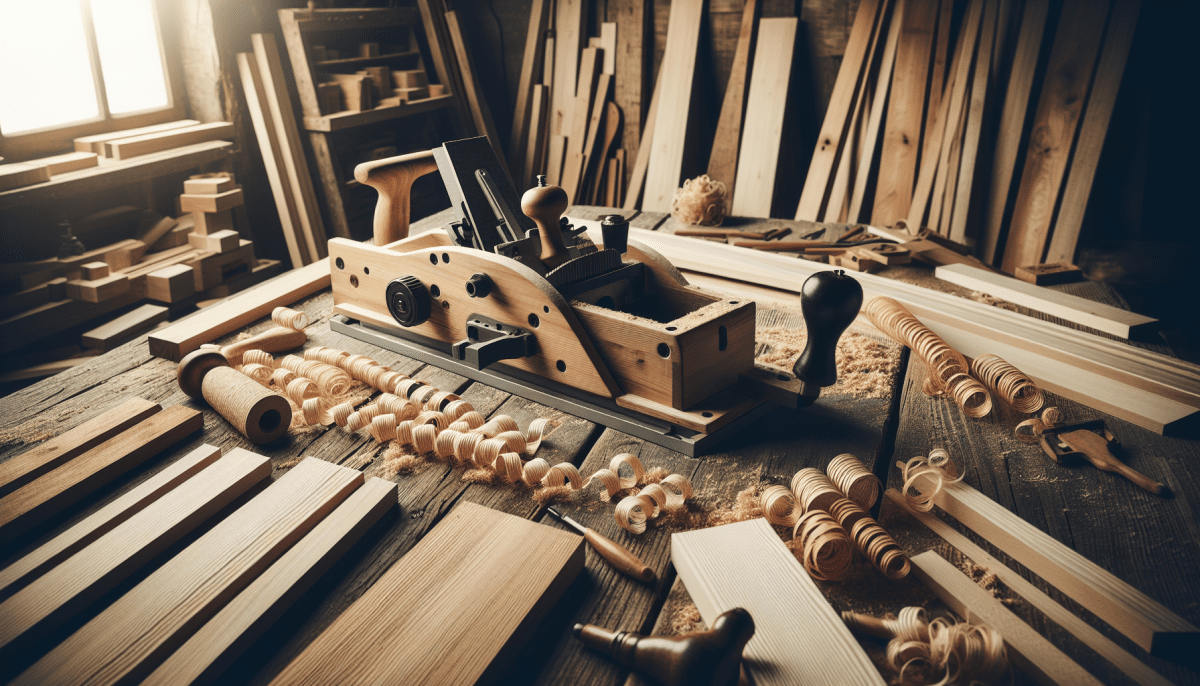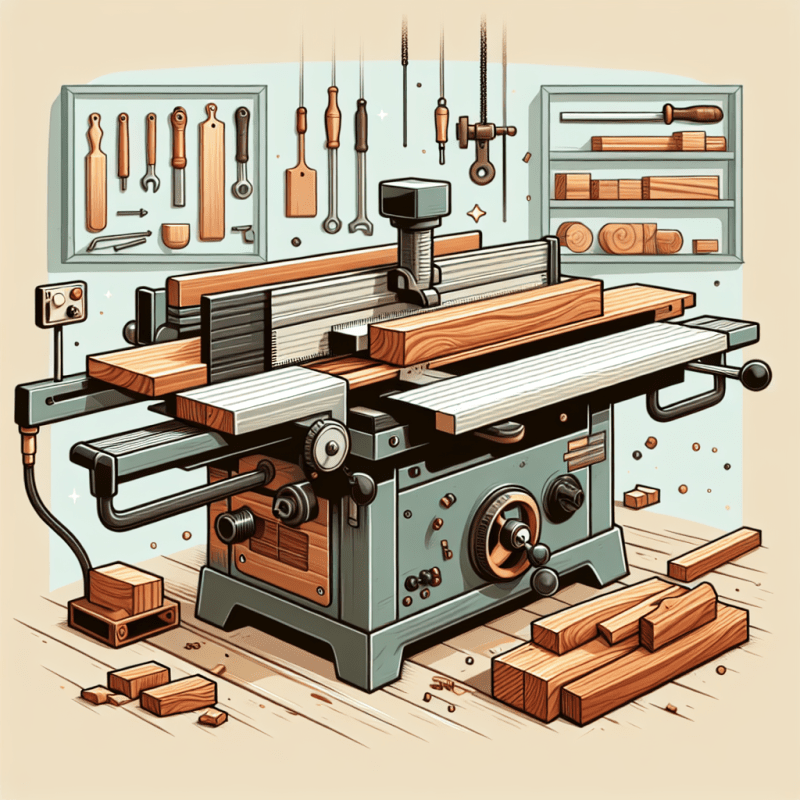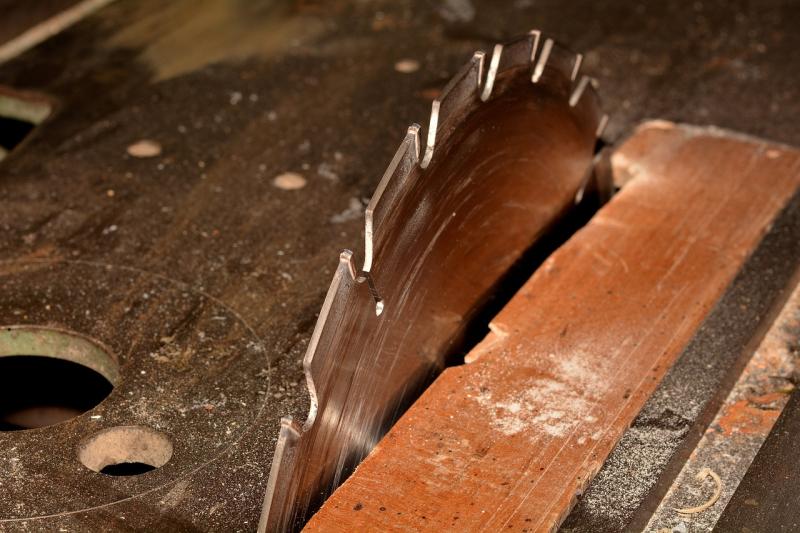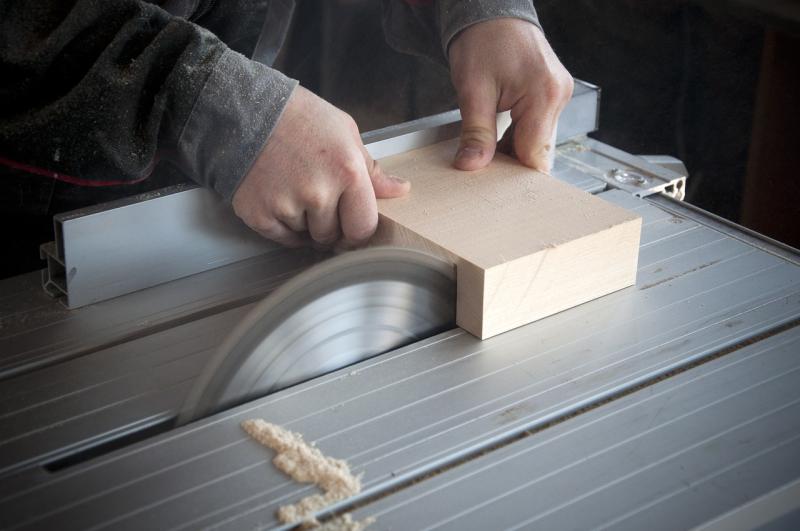Understanding how a woodworking planer works is essential for anyone looking to improve their woodworking skills. A planer is a powerful tool designed to smooth and flatten wood surfaces, allowing you to achieve that perfect finish on your projects. Whether you're working with rough lumber or need to resize a piece, a planer can help you achieve consistent thickness and a smooth surface.
At its core, a woodworking planer consists of a cutting head equipped with sharp blades that rotate at high speed. When you feed a piece of wood into the machine, the blades shave off thin layers from the surface, resulting in a smoother finish. Most planers come with adjustable settings, allowing you to control the depth of cut. This feature is crucial as it lets you determine how much material to remove with each pass, whether you're doing a light touch-up or taking off larger amounts of wood.
One important aspect to keep in mind is the type of wood you're working with. Different woods have varying hardness and grain patterns, which can affect how the planer performs. Hardwoods like oak or maple may require a slower feed rate or multiple passes to achieve a smooth finish, while softer woods like pine can often be planed quickly. Additionally, you should always inspect your lumber for knots or defects, as these can dull the blades and lead to rough patches if not properly managed.
Before using a planer, it's crucial to set up your workspace correctly. Ensure that your planer is on a stable surface and that you have enough infeed and outfeed space for the wood you’ll be working on. Properly aligning the wood and maintaining a steady pace while feeding it into the planer will ensure an even finish. Familiarizing yourself with the controls, including power settings and depth adjustments, will allow you to work more confidently and efficiently.
Choosing the Right Planer for Your Needs
When diving into the world of woodworking, choosing the right planer can make all the difference. With so many options available, it’s essential to understand your specific needs before making a decision. Whether you’re a hobbyist or a seasoned pro, selecting a planer that aligns with your projects will help you achieve the best results.
First, consider what type of woodworking you do most often. If you primarily work with hardwoods and thicker pieces, a heavy-duty planer with a robust motor will serve you well. On the other hand, if you’re focusing on smaller projects, a lightweight, portable planer might be more suitable. The key is to align the tool’s capabilities with the materials you use most frequently.
Another important factor is the size of the planer. Planers come in various widths and weights, so it’s crucial to think about your workspace and storage options. If you have limited space, a compact model might be the best fit. However, if you have the room and often work with larger boards, investing in a wider planer can save you time and effort during your projects.
Lastly, don’t overlook the features that different planers offer. Some models come with additional functions, such as built-in dust collection systems or adjustable depth controls. These features can enhance your overall experience and make your woodworking tasks easier and more efficient. Take the time to research and compare different planers to find the one that meets both your needs and your budget.
Essential Techniques for Smooth Finishes
Achieving a smooth finish with your woodworking planer is an essential skill that can dramatically improve the quality of your projects. One of the first techniques to master is the proper setup of your planer. Ensure that your material is securely fed into the machine by adjusting rollers and tables to the correct height. A well-aligned planer will help prevent snags and uneven surfaces, allowing you to achieve that pristine finish you desire.
Another key technique is to select the right feed rate for your material. Feeding the wood too quickly can result in tear-out, while feeding it too slowly can lead to burns and an uneven texture. Experiment with different speeds to find the sweet spot for your specific wood species. Remember to always make test cuts, as they will give you valuable insight before you tackle the final piece.
Additionally, regularly check and maintain the blades of your planer. Dull blades can create rough finishes and may even damage the wood. Sharpen or replace your blades as needed, and ensure they are correctly aligned and securely fastened. A sharp blade not only enhances the quality of the cut but also prolongs the life of your equipment.
Lastly, pay attention to the direction of the wood grain when feeding it into the planer. Planing against the grain can lead to splintering and a rough appearance. Instead, always plan in the direction of the grain to achieve the best surface quality. With these essential techniques, you'll enhance your woodworking planner skills and create beautiful, smooth finishes in no time!
Common Mistakes and How to Avoid Them
When working with a woodworking planer, there are some common mistakes that can hinder your progress and affect the quality of your projects. One of the most frequent errors is not properly adjusting the depth of cut. If the depth is set too deep, it can cause tearing of the wood grain or even damage the planer itself. To avoid this mistake, always start with a shallow cut and gradually increase the depth until you achieve the desired finish.
Another mistake many novice woodworkers make is neglecting to check the condition of the blades. Dull blades can lead to rough surfaces and increased effort during the planing process. To prevent this issue, make it a habit to inspect and sharpen your blades regularly. A sharp blade not only improves the quality of your work but also extends the life of your planer.
Improperly feeding wood into the planer is another common faux pas. Feeding the wood too quickly can result in uneven cuts and increased wear on the tool. To avoid this, maintain a steady and controlled feeding speed. Additionally, always ensure that the wood is flat and stable when you begin planing to prevent snags and jumps that can ruin your work.
Lastly, ignoring safety precautions can lead to accidents. Woodworking planers can be dangerous if not handled correctly. Always wear safety goggles and ear protection, and keep your fingers clear of the feed area. Familiarizing yourself with the manufacturer’s safety guidelines is crucial to ensuring a safe working environment.



